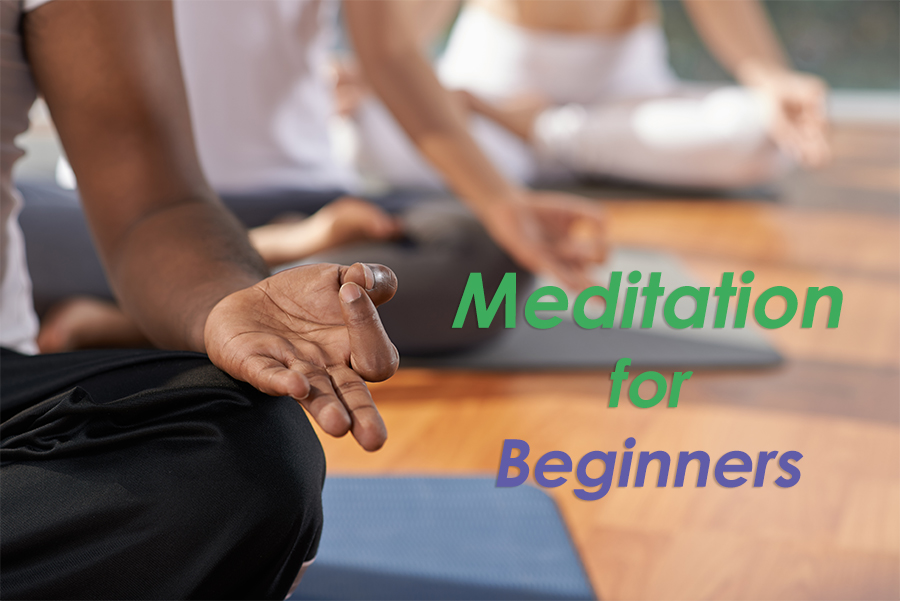If you haven’t introduced meditation into your yoga practice, you’re wading in shallow waters! You’ll hear it from seasoned yogis again and again. Statements like “asana is only the tip of the iceberg,” and “asana is only 10 percent of yoga,” are often said to encourage students to go beyond twisting and bending. There is a practice beyond postures that is capable of transforming our minds and bodies in ways that we’ve never imagined.
Meditation is scientifically proven to improve mental and physical health, both of which can contribute to personal growth.
Health Benefits
Research by The Mayo Clinic suggests that meditation may help people manage symptoms of health conditions such as:
- Anxiety disorders
- Asthma
- Cancer
- Depression
- Heart disease
- High blood pressure
- Pain
- Sleep problems
Personally, I’ve experienced results when my meditation practice is consistent. It is easier for me to fall asleep and stay asleep. Love that!
I occasionally experience situational depression (nothing chemical or ongoing) and meditation helps to reduce my brain fog and reduce my sense of apathy or hopelessness.
I’ve found that meditating consistently a few days before a big presentation reduces the feelings of fear worry, and butterflies in my stomach. I feel calmer and more at peace with my preparations.
The Mayo Clinic also reports that frequent meditation can improve your mental health by:
- Reducing negative emotions
- Building skills to manage your stress
- Gaining a new perspective on stressful situations
- Increasing self-awareness
- Focusing on the present
For more information on the health benefits of medication, consider the following research cited by Forbes, NIH.gov, and American Psychological Association.
Styles of Meditation
There are numerous types of meditation. Below are a few meditation styles to help you get started in your research.
- Dhyai, which means to contemplate or meditate, can be done in silence and stillness or during a repetitive activity such as walking or washing dishes. Many equate this form of meditation with mindfulness, consciously living in the moment without judgement. This was my official introduction to yoga!
- Mantra meditation is familiar for many yoga students. With this approach, practitioners silently repeat and focus in a word or phrase. I began using mantras during my yoga teacher training. I find these to be the most helpful when I have “monkey brain” or trouble focusing on my breath and letting go of unnecessary thoughts.
- Gom, Tibetan mediation, is a pondering that promotes understanding and self-awareness of our virtues and vices; any positive or negative sentiment is a result of our actions rather than an external, divine ruling.
- Tapas is a very introspective meditation that aims towards self-realization. Practitioners often alter their lifestyles to accommodate solitude or asceticism.
Look into a few methods and discover which works for you! Don’t be disheartened if you don’t feel different right away. Meditation is also a practice that takes time. Start small, maybe five minutes a day. Incrementally increase your time in one sitting, or increase to two or three shorter sessions a day. It’s all about discovering what works for you.
Also know that your experience will fluctuate. Sometimes the clarity, peace, and revelation flow smoothly. Other times it’s labor just to sit there and breathe! Be patient and stay consistent.
For a guided practice for beginners, join me for private yoga.